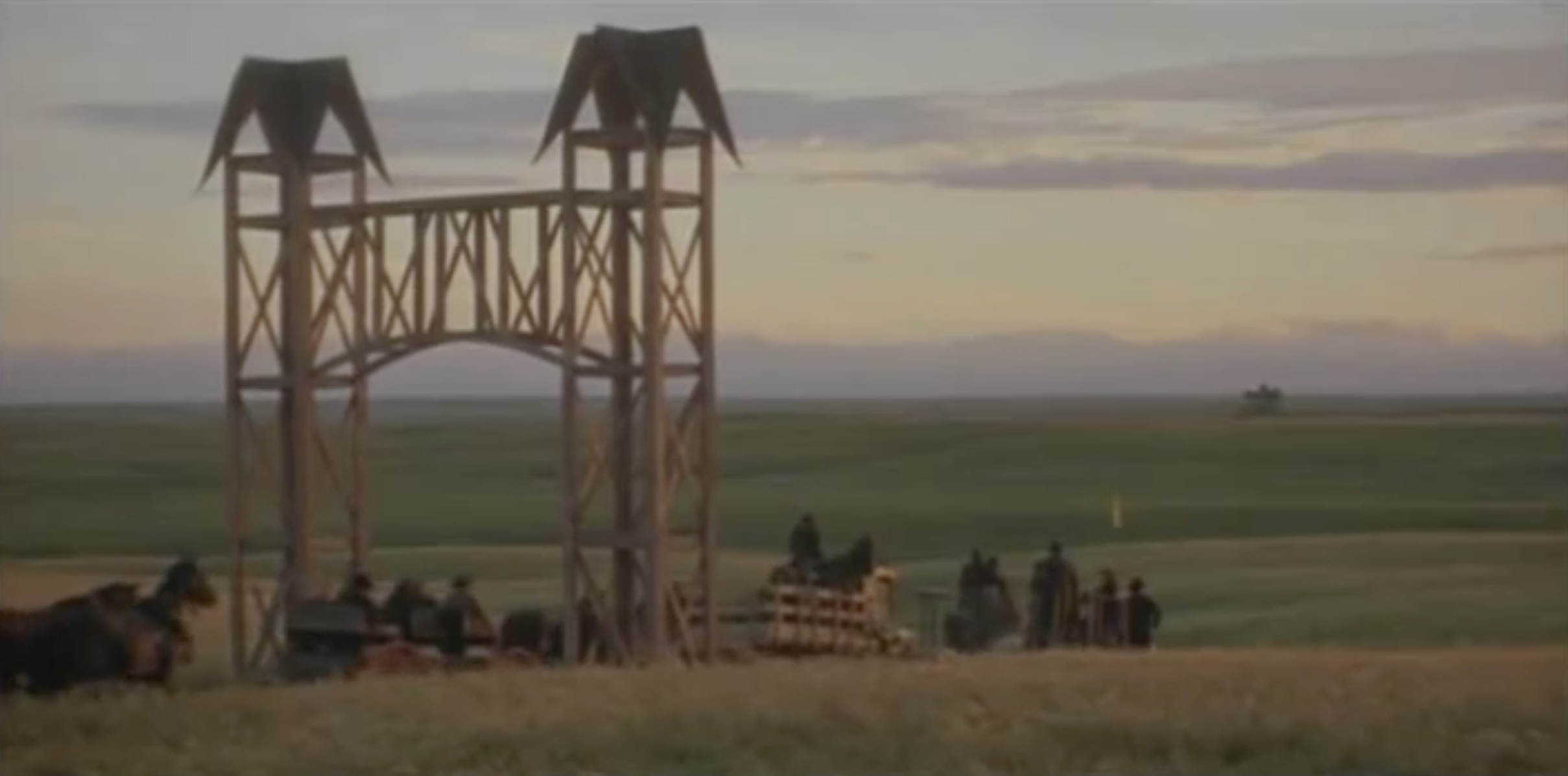Terrence Malick is something of an enigma. The writer/director’s first two feature films were critically acclaimed, with their reputations having aged like a fine wine over the years. The first, Badlands, is considered to be one of the finest debuts by a filmmaker ever, making an immediate mark on the cinematic landscape with his use of visual poeticism. With his subsequent effort, Days of Heaven, the landscape became the poeticism, however oblique. Malick just knew how to shoot it, in turn, crafting one of the most visually stunning films I have ever seen.
Although the story is based in Texas, the majority of the film was shot in Alberta, where Malick and his cinematographers made impeccable use of the landscape, whilst mostly shooting at a small window of the day called the “golden hour,” which can only occur at dawn or dusk. The resulting palette provides a canvas befitting a filmmaker of only Malick’s ilk. His ability to evoke emotion and narrative through imagery is beyond comparison, as the filmmaker’s visuals flow in a manner beyond that of mere words.
Beyond the captivating beauty is Malick’s direction of his actors, which at moments had me bowled over by their raw humanism. The performances are unanimously great, particularly from Sam Shepard, but Malick’s touch is felt in almost every frame, delivering moments of raw sincerity I have experienced few times in cinema, while still finding the time to revel in the whims of fleeting human joy.
In typical Malick fashion though, the story does not immediately reveal itself, which can lead to bouts of apparent aimlessness early on, as young migrant lovers Bill (Richard Gere) and Abby (Brooke Adams) flee the city after Bill unintentionally kills his boss at a steel mill. With them travels Bill’s younger sister Linda (Linda Manz), who is also the narrator. The trio eventually find themselves at a wheat farm on the Texas Panhandle working for a dying farmer (Shepard), and it is here that the story gradually begins to take shape, making meaningful commentary on the nature of morality and capitalism, which is all grounded by the striking visuals that Malick maintains throughout.
The farmer eventually falls in love with Abby, believing her to be Bill’s sister, but at Bill’s insistence Abby marries the farmer in order to inherit his money and escape their life of poverty. While Malick maintains the aforementioned thematic subtexts through the relationship and the palpable rivalry between the jealous Bill and the suspecting farmer, it is with this plot element that Malick’s breath-taking visuals marry in the most meaningful and tragic ways.
What we are left with then period piece that is not only a careful denouncement of industrial capitalism, but also a heart-breaking romantic drama that dooms its characters through the social hierarchies from which they originate. Malick is somehow able to viscerally identify the human cost of such constructs, ultimately tearing apart heart while stimulating the mind.
It is near impossible to watch Days of Heaven without evoking some modern masterpiece. 12 Years a Slave immediately comes to mind, but not because of the mirrored commentary on the questionability of capitalist systems. Instead, it comes down to the painstaking visual poetry that is at the heart of each of them. Terrence Malick’s sophomore feature is a cinematic wonder, which makes his consequent 20-year absence from filmmaking more enigmatic than the artist himself.
9/10
![]()
![]()
![]()
![]()
![]()
![]()
![]()
![]()
![]()
![]()

